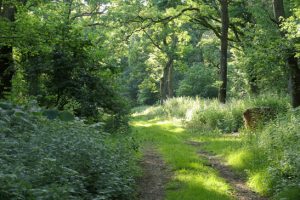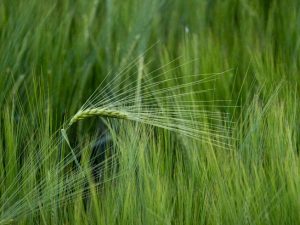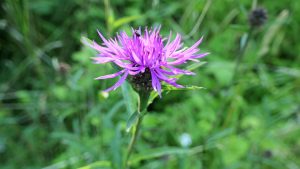On Friday 24th June we met our Blue Badge guide and old friend of the AHA Group, David Richards. He was in his usual good form for the planned visit to Stratford-sub-Castle.
We were there to learn about the roguish Pitt family and their connection with the old Rotten Borough of Old Sarum, which was only abolished by the Great Reform Act of 1832. He started by explaining the chequered history of Jack ‘Diamond’ Pitt who, after 3 very profitable periods working in colonial India both against and for the British East India Company, managed to acquire a huge uncut diamond. This very large diamond was sold to France to initially embellish Napoleon’s sword hilt. It was subsequently removed and placed in his coronation crown. The remains of the uncut diamond ended up in Russia as part of their crown jewels. At this time, Pitt turned his attention firstly to buying influence in the form of the Rotten Borough of Old Sarum and then to buying properties and farmland (a lot of it). Indeed, to this day, certain members of the Pitt Dynasty remain prominent landowners.
Diamond Pitt’s original elegant home, which he had built remains a sizeable property in Stratford-sub-Castle as do a few other old houses in the village. The village would remain (apart from post WW2 developments) largely recognisable to Pitt the Younger. The dynasty produced two prime ministers, both of whom relied upon the Rotten Borough system for their power and influence. During the walk around the village, we saw the site of the old Parliament tree under which at election times the few eligible electors would gather to bargain their votes, which usually went to the highest bidder. However, in the case of Old Sarum, Diamond Pitt had all the important votes in his grasp well in advance of any election.
Apparently, Pitt the Younger did not become Prime Minister in his twenties via talent alone. He knew how to fully exploit patronage to his personal advantage, being schooled in his corrupt ways by past generations of his family, who were extremely adept at the art. The old church was a delightful building, located close to glorious, thatched cottages and a few elegant houses which must have been built for wealthy families.
As usual, David was a complete master of his subject and was able to answer our many questions with humour and precise information. The tour lasted about two hours, by which time we were in need of some refreshments. Taking our leave from David, we journeyed to the next village Lower Woodford for lunch at the Wheatsheaf, thus concluding yet another very successful AHA outing.
Prepared by: Ron Bryan – AHA Organiser



